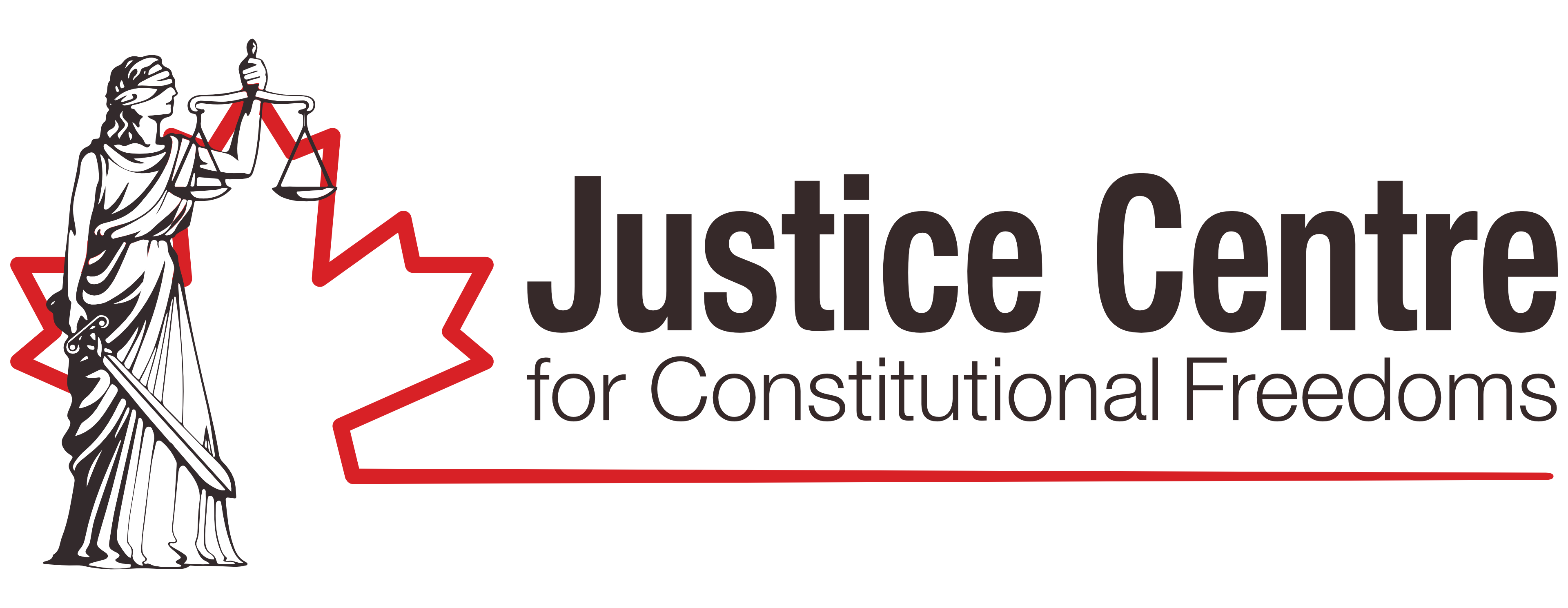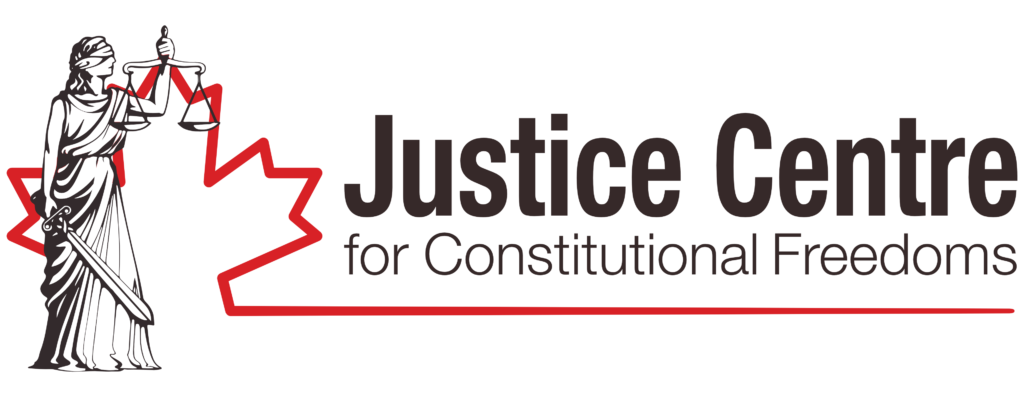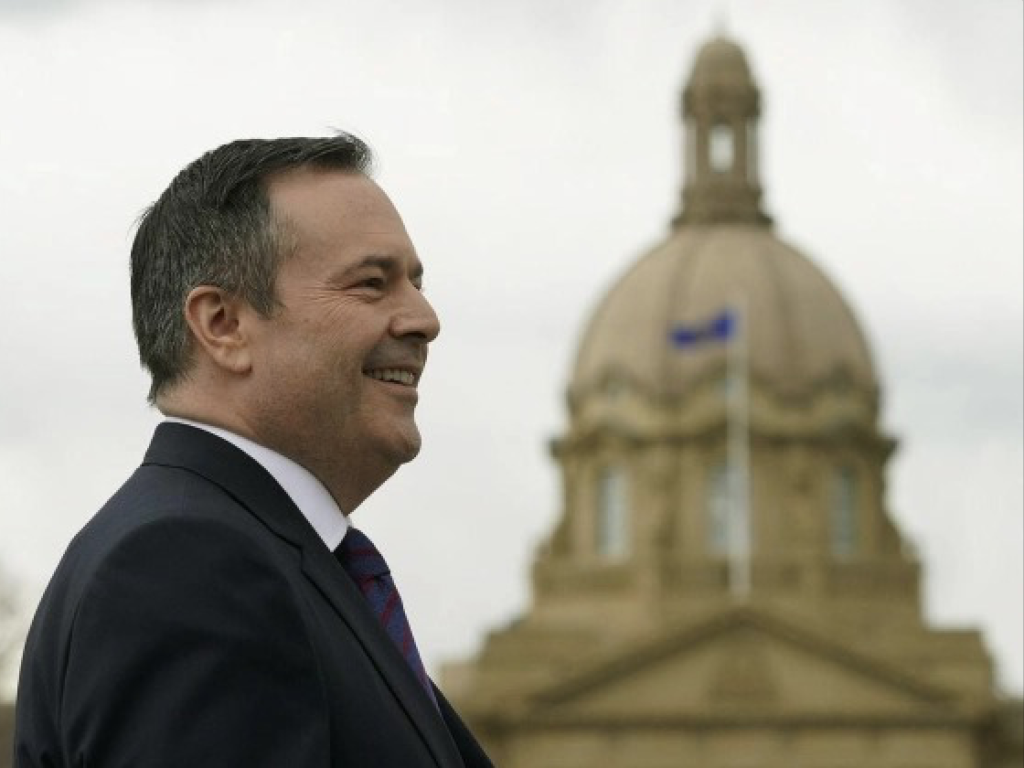 By John Carpay, B.A., LL.B.
By John Carpay, B.A., LL.B.
Under section 52.1(1), the provincial cabinet may, on the advice of the Chief Medical Officer, make an order declaring a public health emergency relating to all or any part of Alberta, if prompt co‑ordination of action or special regulation of persons or property is required in order to protect the public health.
Section 52.1(2) provides that the Minister of Health or “the Minister responsible for the enactment” may by order, without consultation, suspend or modify the application or operation of all or part of a law, subject to the terms and conditions the Minister may prescribe, if the Minister is satisfied that the law’s application or operation is not in the public interest. The Public Health Act does not define “enactment,” but this term presumably refers to law or legislation. In short, section 52.1(2) empowers a minister to suspend all or part of existing law.
Bill 10, passed by the Legislature on April 2, 2020, has added a new section, 52.1(2)(b) which further empowers a Minister to “specify or set out provisions that apply in addition to, or instead of, any provision of an enactment.” So Bill 10 adds to the existing power to suspend laws a new power to make new laws and create new offences. Bill 10 also adds subsection 52.1(2.1) which makes ministerial orders retroactive to the date of the declaration of the public health emergency. Bill 10 further adds subsection 52.1(2.4) which provides that if there is a conflict or inconsistency between a Ministerial Order and a written law, the Order prevails. So whatever a cabinet minister decrees during a public health emergency actually trumps the law that was passed by the Legislative Assembly of Alberta.
In very similar fashion, section 52.21(2) empowers cabinet to authorize a Minister to suspend laws (in whole or in part) where, on the advice of the Chief Medical Officer, the cabinet is satisfied that there is a significant likelihood of pandemic influenza, and that prompt co‑ordination of action is required in order to avert or minimize the pandemic. Bill 10 adds a provision which further empowers a Minister to “specify or set out provisions that apply in addition to, or instead of, any provision of an enactment.” So Bill 10 adds to the existing power to suspend laws a new power to make new laws and create new offences. Bill 10 also adds subsection 52.21( 3), which makes ministerial orders retroactive to the date of the declaration of the public health emergency. Bill 10 further adds subsection 52.1(5) which provides that if there is a conflict or inconsistency between a Ministerial Order and a written law, the Order prevails. So whatever a cabinet minister decrees during a pandemic influenza actually trumps law that was passed by the Legislative Assembly of Alberta.
Section 52.6 of the Public Health Act gives politicians wide powers during a public health emergency, including the power to take property away from citizens and organizations; the power to force citizens to render aid; the power to conscript people to meet an emergency; and the power to enter into any building or on any land without warrant. The Chief Medical Officer may force into unemployment any person who is ill with pandemic influenza, or any person who is caring for a family member ill with pandemic influenza.
Section 52.8 of the Public Health Act provides that a declaration of a public health emergency under section 52.1(1) lapses at the end of 30 days, unless continued by a resolution of the Legislative Assembly. A declaration of pandemic influenza lapses after 90 days, unless continued by a resolution of the Legislative Assembly. However, nothing in the Public Health Act stops the provincial cabinet from declaring another public health emergency or pandemic influenza after the initial declaration expires. Practically speaking, the provincial cabinet, on the advice of the Chief Medical Officer, can have a public health emergency continue indefinitely, for months or even years.
Section 52.811 provides that a Ministerial Order to suspend laws and/or to create new laws lapses 60 days after there is no longer a public health emergency or pandemic influenza, unless such Order is continued by the provincial cabinet. There is no need to have the Ministerial Order (to suspend laws or to create new laws) be reviewed and approved by the Legislative Assembly; the provincial cabinet can continue such Order indefinitely. Further, as explained above, nothing in the Public Health Act imposes any real time limit as to when a public health emergency or pandemic influenza expires, because the provincial cabinet can simply make another declaration the day after the first one expires. Therefore, a Ministerial Order to suspend a law or create a new law or create a new offence stays in force, without requiring the approval of the Legislative Assembly of Alberta, for as long as the public health emergency continues, which can be for months or years.
Section 52.811(3) provides that the provincial cabinet may keep a Ministerial Order (to suspend laws and/or create new laws and offences) in force for up to six months after the public health emergency or pandemic influenza has lapsed. However, nothing in the Public Health Act prevents the cabinet from declaring a new public health emergency, again and again.
Here below are relevant sections of the Public Health Act, as they were prior to being amended on April 2, 2020.
A “medical officer of health” means a physician appointed by the Minister or a regional health authority under this Act as a medical officer of health, and includes the Chief Medical Officer and the Deputy Chief Medical Officer.
A “public health emergency” means an occurrence or threat of
(i) an illness,
(ii) a health condition,
(iii) an epidemic or pandemic disease,
(iv) a novel or highly infectious agent or biological toxin, or
(v) the presence of a chemical agent or radioactive material that poses a significant risk to the public health.
The “Chief Medical Officer” means the Chief Medical Officer of Health appointed by the Minister.
State of Public Health Emergency
52.1(1) Where, on the advice of the Chief Medical Officer, the Lieutenant Governor in Council is satisfied that
(a) a public health emergency exists or may exist, and
(b) prompt co‑ordination of action or special regulation of persons or property is required in order to protect the public health, the Lieutenant Governor in Council may make an order declaring a state of public health emergency relating to all or any part of Alberta.
(2) On the making of an order under subsection (1) and for up to 60 days following the lapsing of that order, a person referred to in subsection (3) may by order, without consultation, suspend or modify the application or operation of all or part of an enactment subject to the terms and conditions that person may prescribe if the person is satisfied that its application or operation is not in the public interest.
(3) The following persons may make an order under subsection (2):
(a) the Minister responsible for the enactment;
(b) if the Minister responsible for the enactment is not available, the Minister of Health.
Significant likelihood of pandemic influenza
52.21(1) Where, on the advice of the Chief Medical Officer, the Lieutenant Governor in Council is satisfied that
(a) there is a significant likelihood of pandemic influenza, and
(b) prompt co‑ordination of action is required in order to avert or minimize the pandemic, the Lieutenant Governor in Council may authorize a Minister to make orders under subsection (2).
(2) A Minister authorized under subsection (1) may by order, without consultation, suspend or modify the application or operation of all or part of an enactment for which that Minister is responsible subject to the terms and conditions that Minister may prescribe if the Minister is satisfied that its application or operation may directly or indirectly unreasonably hinder or delay action required in order to protect the public health.
2007 c23 s4
2002 c32 s12
52.6(1) On the making of an order under section 52.1 or 52.2 and during the state of public health emergency the Minister or the regional health authority may do any or all of the following for the purpose of preventing, combating or alleviating the effects of the public health emergency and protecting the public health:
(a) acquire or use any real or personal property;
(b) authorize or require any qualified person to render aid of a type the person is qualified to provide;
(c) authorize the conscription of persons needed to meet an emergency;
(d) authorize the entry into any building or on any land, without warrant, by any person;
(e) provide for the distribution of essential health and medical supplies and provide, maintain and co‑ordinate the delivery of health services.
(1.1) On the making of an order under section 52.1(1) in respect of pandemic influenza and during the state of public health emergency, the Chief Medical Officer may, subject to any terms and conditions the Chief Medical Officer may impose, authorize the absence from employment of any persons
(a) who are ill with pandemic influenza, or
(b) who are caring for a family member ill with pandemic influenza.
(2) Nothing in this section limits or abrogates the operation of any other provision in this Act or the regulations that imposes a duty or confers a power on any person.
2002 c32 s12;2007 c23 s4
Termination of public health emergency order
52.8(1) An order under section 52.1(1) or 52.21(1) lapses, unless continued by a resolution of the Legislative Assembly, at the earlier of the following:
(a) at the end of 30 days, but if the order is in respect of pandemic influenza, at the end of 90 days;
(b) when the order is terminated by the Lieutenant Governor in Council.
(2) Where, on the advice of the Chief Medical Officer, the Lieutenant Governor in Council considers that a public health emergency no longer exists in an area in relation to which an order was made under section 52.1(1) or 52.21(1), the Lieutenant Governor in Council shall make an order terminating the declaration in respect of that area.
2002 c32 s12;2007 c23 s4
Termination of suspension orders
52.811(1) An order under section 52.1(2) or 52.21(2) lapses, unless it is sooner continued by an order of the Lieutenant Governor in Council, at the earliest of the following:
(a) 60 days after the related order under section 52.1(1) or 52.21(1) lapses;
(b) when the order is terminated by the Minister who made the order;
(c) when the order is terminated by the Lieutenant Governor in Council.
(2) The Minister who makes an order under section 52.1(2) or 52.21(2) shall, by order, terminate that order when that Minister is satisfied that the order is no longer in the public interest.
(3) The Lieutenant Governor in Council may continue an order that would otherwise lapse under subsection (1) for a period that does not exceed 180 days after the lapsing of the related order under section 52.1(1) or 52.21(1).
2007 c23 s4
Related Articles
Alberta Legislature Bills & Amendments, 30th Legislature, 2nd Session
Bill 10: Public Health (Emergency Powers) Amendment Act, 2020 (Shandro)
Detailed list of readings and timelines of Bill 10 passage
Read more about the Justice Centre’s response to COVID-19, emergency powers and liberty, including columns, videos and podcasts.
The Alberta Government Hansard: the Official Opposition debates and concerns on Bill 10, starting at page 426.
To view a short video synopsis of this new Alberta legislation, click HERE.


 By John Carpay, B.A., LL.B.
By John Carpay, B.A., LL.B.